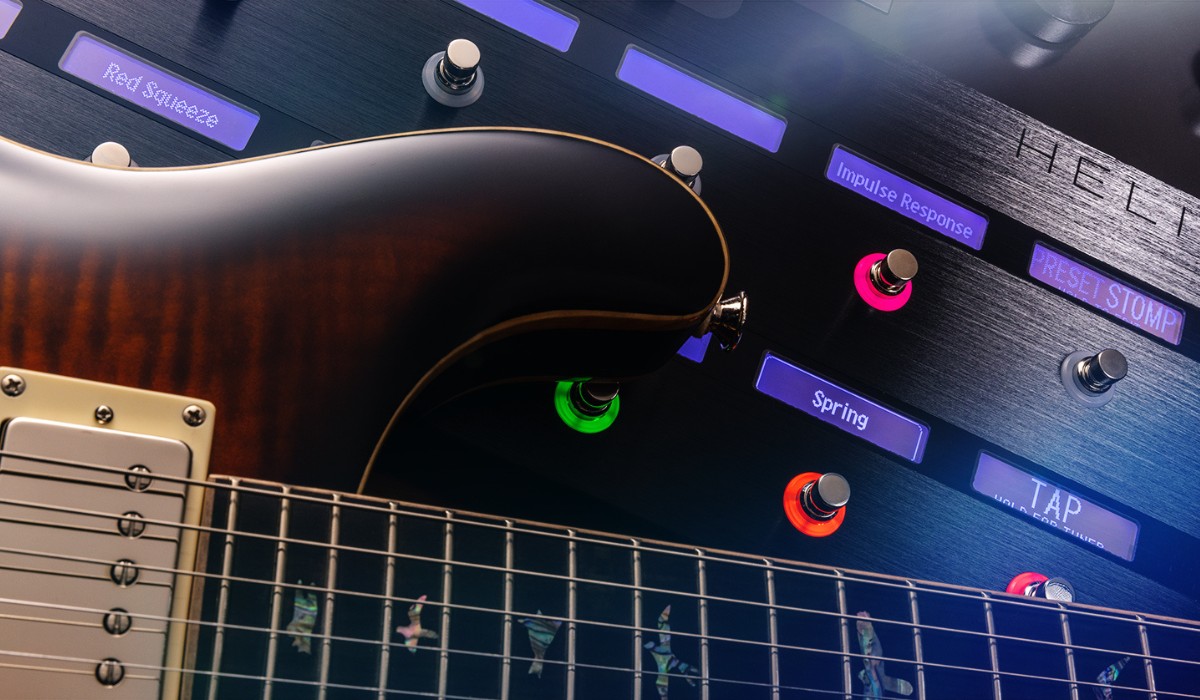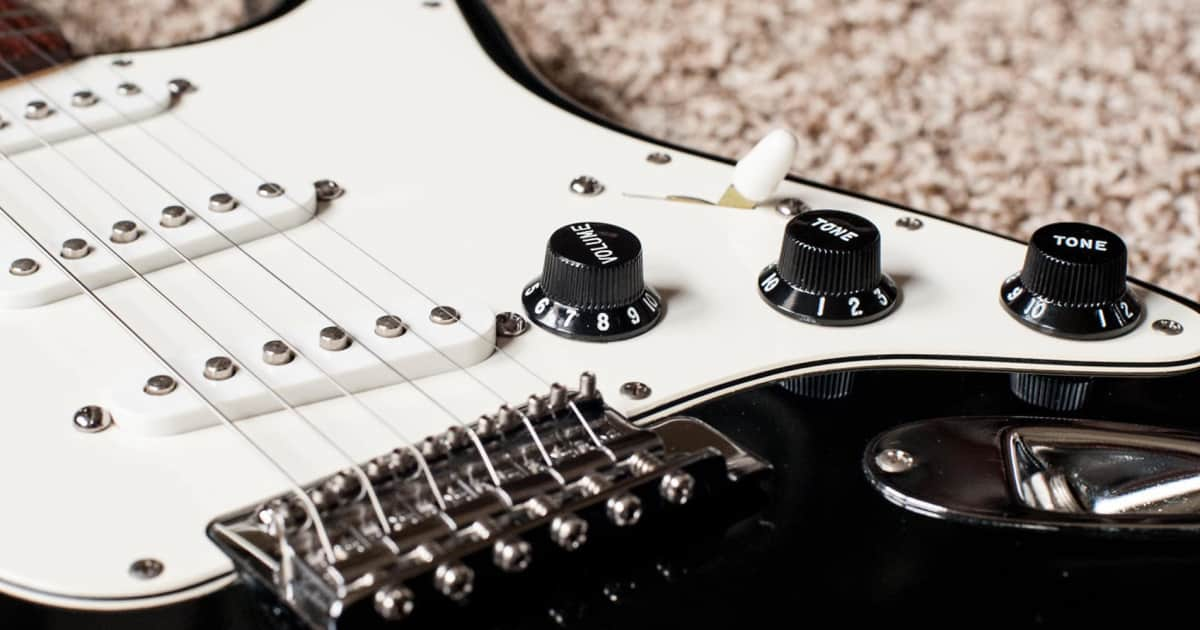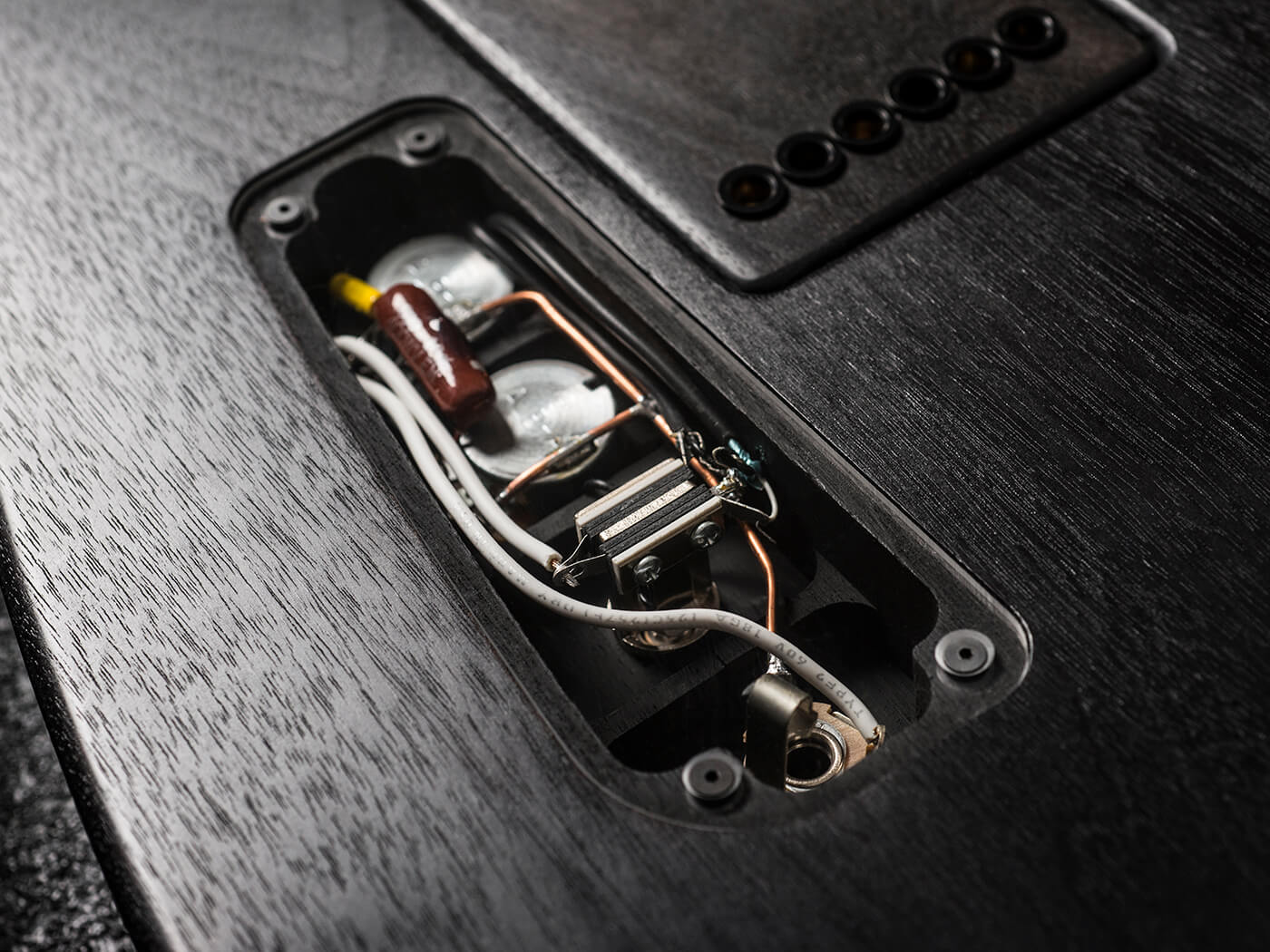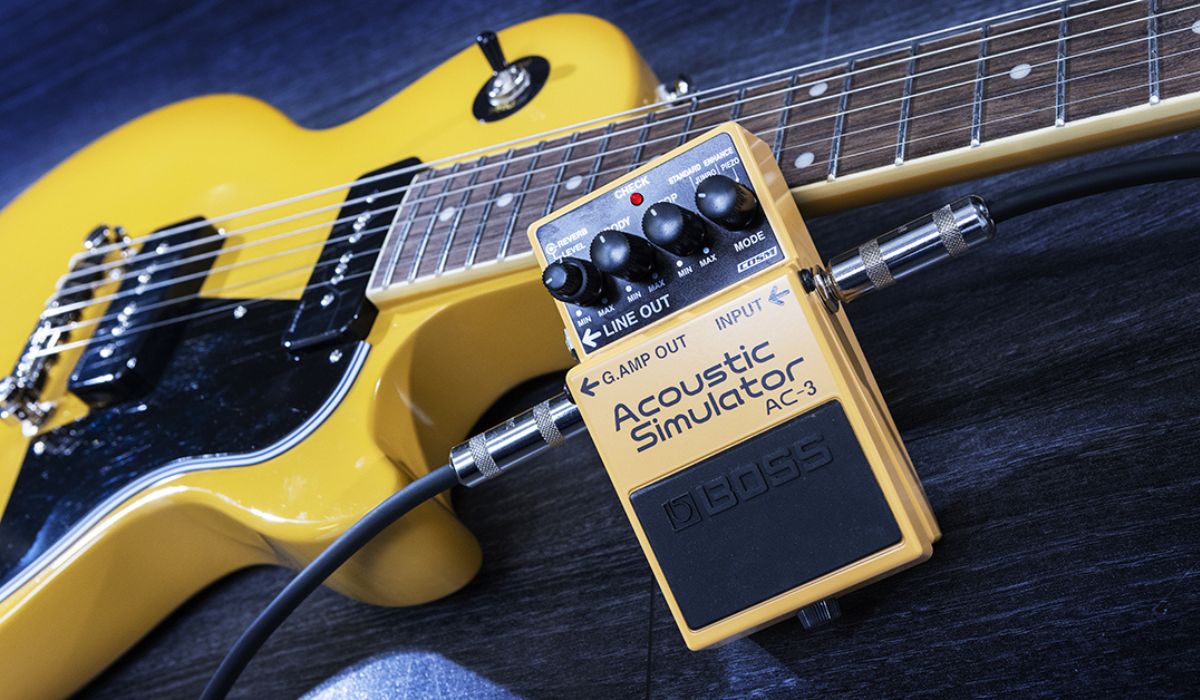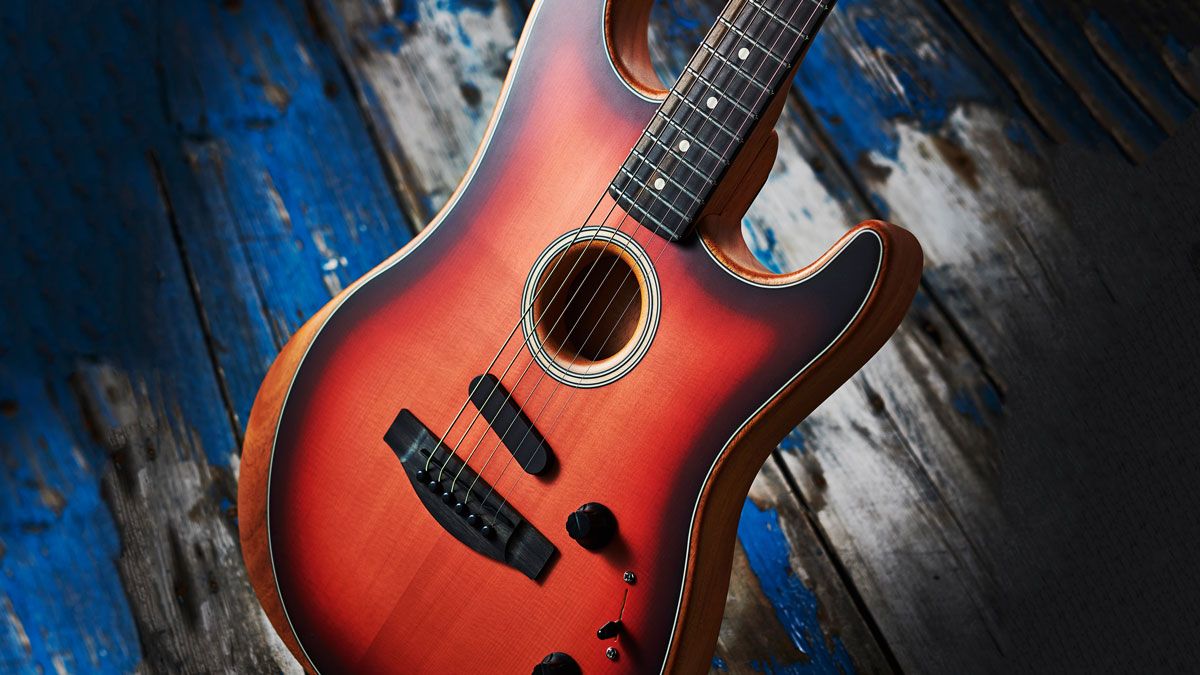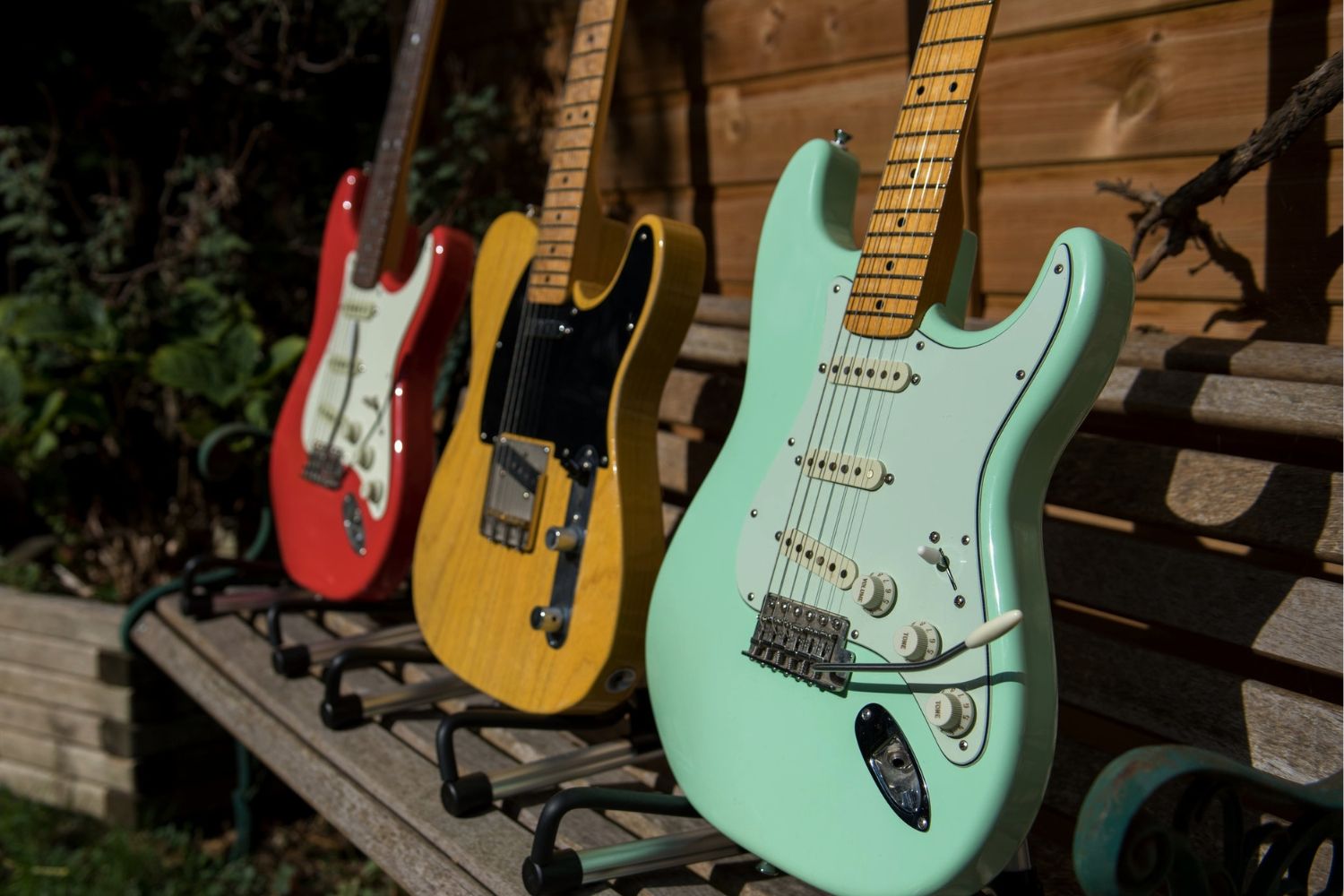Introduction
Introduction
When it comes to playing the electric guitar, one of the most crucial and intriguing aspects is the tone. The tone of an electric guitar refers to the overall sound quality produced by the instrument. It encompasses a wide range of sonic characteristics, including brightness, warmth, richness, and depth. Understanding and manipulating tone is essential for guitarists seeking to express their musicality and create captivating sounds that resonate with their audience.
Whether you’re a seasoned guitarist or just beginning your musical journey, delving into the world of electric guitar tone can be an exhilarating and rewarding experience. From the subtle nuances of clean, shimmering tones to the raw power of distorted, aggressive sounds, the possibilities for sonic exploration are virtually limitless. In this comprehensive guide, we’ll explore the fundamental concepts of tone on the electric guitar, uncover the factors that influence it, examine different types of tone, and discover how to achieve a diverse range of tones to elevate your playing to new heights.
What is Tone on Electric Guitar?
At its core, the term “tone” in the context of an electric guitar refers to the overall sonic characteristics and timbre of the instrument’s sound. It encompasses a wide spectrum of auditory qualities, including brightness, warmth, clarity, and sustain, all of which contribute to the unique sonic fingerprint of each guitarist. Tone is not only a defining factor in a guitarist’s signature sound but also a powerful means of expression, allowing musicians to convey emotions and musical ideas through the nuances of their playing.
Unlike the acoustic guitar, which generates sound acoustically through the vibration of the strings and resonance of the body, the electric guitar relies on electronic amplification to produce its sound. This distinction gives electric guitarists the ability to manipulate and shape their tone in a myriad of ways, utilizing amplifiers, effects pedals, and various playing techniques to achieve a diverse range of sonic textures.
Furthermore, the concept of tone extends beyond the guitar itself and encompasses the entire signal chain, including the pickups, cables, amplifiers, and speakers. Each component plays a crucial role in shaping the final sonic output, allowing for a high degree of customization and personalization to suit the preferences and playing style of the guitarist.
Ultimately, tone on the electric guitar is a multifaceted and deeply personal aspect of musical expression, serving as a gateway for guitarists to craft their sonic identity and connect with their audience on a profound level.
Factors Affecting Tone
The tone produced by an electric guitar is influenced by a multitude of factors, each contributing to the overall sonic character and timbre of the instrument. Understanding these factors is essential for guitarists seeking to sculpt their desired sound and unlock the full sonic potential of their instrument. Here are the key elements that significantly impact the tone of an electric guitar:
- Pickups: The type and configuration of pickups installed on an electric guitar play a pivotal role in shaping its tone. Single-coil pickups are known for their bright, clear, and articulate sound, while humbuckers offer a thicker, warmer, and more powerful tone. Additionally, the placement of the pickups relative to the strings can affect the harmonic content and overall output.
- Wood and Construction: The choice of tonewoods and the construction of the guitar body and neck contribute to the instrument’s resonance, sustain, and tonal characteristics. For example, mahogany is prized for its warm and rich sound, while maple offers bright and snappy tonal qualities.
- Amplifiers and Effects: The selection of amplifiers, effects pedals, and signal processing equipment profoundly influences the final tone. Different amplifier designs, such as tube, solid-state, or digital, yield distinct sonic characteristics, while effects pedals can shape the sound through modulation, distortion, delay, and more.
- Playing Technique: The way a guitarist approaches playing, including their picking style, use of dynamics, and fretting hand technique, directly impacts the tonal nuances and expressiveness of the instrument. Varied playing techniques can produce anything from gentle, mellow tones to aggressive, biting sounds.
- Strings and Setup: The choice of guitar strings, their gauge, and the instrument’s setup, including action height and intonation, all contribute to the playability and tonal response of the guitar. Lighter gauge strings generally offer brighter tones and easier bending, while heavier gauges may yield a fuller, more resonant sound.
By considering and manipulating these influential factors, guitarists can tailor their instrument’s tone to suit a wide range of musical styles and sonic preferences, empowering them to craft a personalized and expressive sonic identity.
Types of Tone
On the electric guitar, a diverse array of tones can be achieved, each offering its own unique sonic characteristics and emotive qualities. Understanding the various types of tone empowers guitarists to explore a rich tapestry of sounds and textures, allowing for versatility and creative expression in their playing. Here are some prominent types of tone commonly sought after by guitarists:
- Clean Tone: Characterized by its pristine clarity and absence of overdrive or distortion, clean tone is often associated with genres such as jazz, pop, and funk. It exudes a sparkling and transparent quality, allowing the natural timbre of the guitar to shine through with articulate note definition and a smooth, undistorted sound.
- Crunchy Tone: Sitting at the border between clean and distorted, crunchy tone introduces a subtle grit and edge to the sound, adding a touch of harmonic richness and mild overdrive. This type of tone is popular in classic rock and blues, offering a dynamic and responsive feel that can transition seamlessly between clean and dirty textures.
- Distorted Tone: Known for its aggressive and heavily saturated sound, distorted tone is a hallmark of hard rock, metal, and punk music. It delivers a powerful, raw, and harmonically rich sound, characterized by aggressive overdrive and a pronounced edge, ideal for high-energy riffing and searing lead solos.
- Warm Tone: Exhibiting a smooth and mellow character, warm tone is prized for its rich harmonic content and velvety sound. Often associated with genres like blues and jazz, this type of tone imparts a sense of depth and musicality, with a lush and inviting quality that captivates the listener.
- Bright Tone: Offering a lively and articulate sound with enhanced treble frequencies, bright tone imparts a shimmering and cutting quality to the guitar’s sound. It can add presence and clarity to lead lines and chords, making it well-suited for genres such as country, surf rock, and jangly indie music.
These are just a few examples of the diverse tonal palette available to electric guitarists, each serving as a canvas for musical expression and sonic exploration. By harnessing the nuances of these different tones, guitarists can infuse their playing with depth, emotion, and an unmistakable sonic identity.
How to Achieve Different Tones
For guitarists, the ability to achieve a diverse range of tones is a cornerstone of musical creativity and expression. Whether aiming to evoke the soulful warmth of blues, the searing intensity of hard rock, or the pristine clarity of jazz, mastering the art of tone manipulation is essential. Here are several techniques and tools that guitarists can employ to achieve a spectrum of distinct tones:
- Pickup Selection and Positioning: Experimenting with different pickup configurations and adjusting their height can significantly alter the guitar’s tonal character. The bridge pickup often yields a brighter and more aggressive sound, while the neck pickup tends to produce a warmer and rounder tone.
- Amplifier Settings: Manipulating the EQ settings, gain, and master volume on the amplifier can profoundly impact the overall tone. Adjusting the bass, midrange, and treble controls allows for fine-tuning the frequency response, while varying the gain level can introduce varying degrees of overdrive or distortion.
- Effects Pedals: Incorporating effects pedals such as overdrive, distortion, delay, reverb, and modulation can shape the guitar’s sound in countless ways. Each pedal introduces its own sonic signature, enabling guitarists to sculpt their desired tone with precision and creativity.
- Playing Dynamics: Controlling the attack, sustain, and release of notes through nuanced playing dynamics can evoke different tonal responses from the instrument. Adjusting the picking intensity, utilizing palm muting, and exploring legato and staccato techniques can all contribute to a varied and expressive sonic palette.
- String Selection and Gauges: The choice of guitar strings, including their material and gauge, can influence the instrument’s tonal response. Lighter gauge strings tend to offer a brighter and more responsive feel, while heavier gauges yield a fuller and more resonant sound.
- Adjusting the Guitar’s Controls: The tone and volume knobs on the guitar itself provide additional means of tone shaping. Rolling back the tone control can soften the high frequencies, while adjusting the volume knob can yield cleaner or more driven tones, depending on the amplifier’s settings.
By integrating these techniques and tools into their playing and sonic exploration, guitarists can unlock a vast spectrum of tones, enabling them to adapt to diverse musical styles, express their artistic vision, and captivate listeners with a rich and compelling sonic tapestry.
Conclusion
Exploring the intricacies of tone on the electric guitar unveils a captivating world of sonic possibilities, where the instrument becomes a conduit for artistic expression and emotional resonance. From the pristine clarity of clean tones to the searing intensity of distorted textures, the diverse tonal landscape of the electric guitar offers a boundless realm for musical exploration and creativity.
Understanding the fundamental factors that influence tone, including pickups, wood, amplifiers, and playing technique, empowers guitarists to sculpt their sonic identity and tailor their sound to suit a myriad of musical contexts. By embracing the nuances of different tone types, from warm and mellow to bright and cutting, guitarists can infuse their playing with depth, emotion, and an unmistakable sonic signature.
Moreover, the art of achieving different tones through pickup selection, amplifier settings, effects pedals, playing dynamics, and string choices allows guitarists to shape their sound with precision and finesse, elevating their musical expression to new heights.
Ultimately, the pursuit of tone on the electric guitar is a deeply personal and rewarding journey, where each guitarist embarks on a quest to uncover their unique sonic voice and connect with listeners on a profound level. As musicians continue to explore the boundless realm of tone, their playing becomes an evocative tapestry of sound, weaving together emotion, technique, and musicality into a captivating sonic narrative.
Embracing the art of tone on the electric guitar is not merely a technical endeavor but a profound means of storytelling, where each note becomes a brushstroke in a vivid sonic canvas, painting a rich and immersive musical experience for both the player and the audience.







